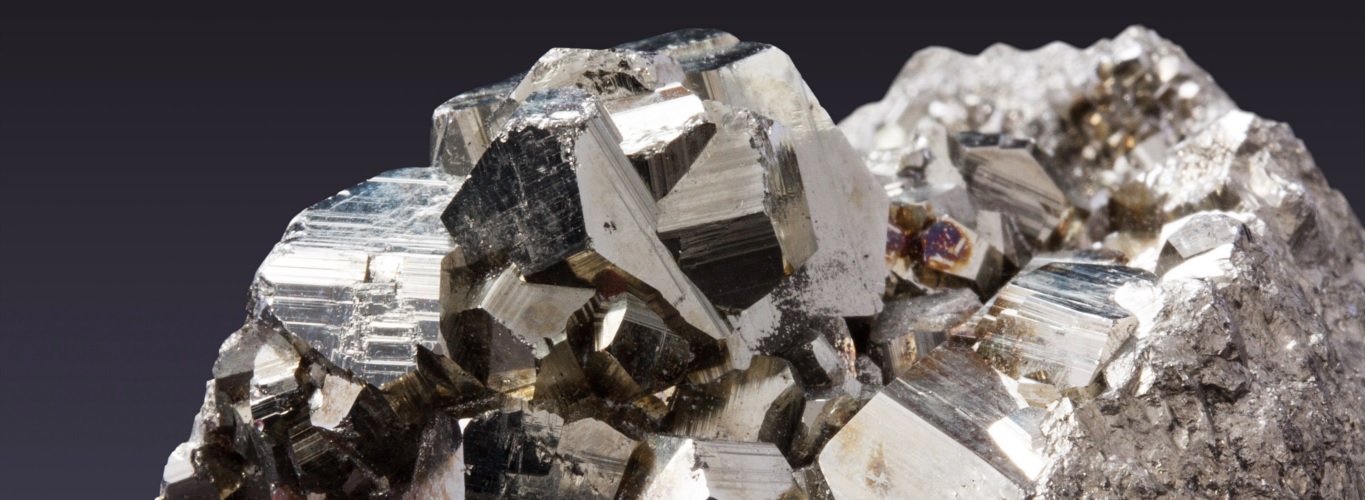
Metallic Minerals
In the past, various metal ores were mined in Arkansas. Since 1990, no ores were mined for their metal content. This listing presents the last year of recorded mining.
All have had a significant role in the state's economy and history. The first metal to be mined was galena, which was used by early pioneers as a source of lead for bullets. The annual production of lead increased markedly during the Civil War. During World War I, lead, zinc, and antimony were produced in Arkansas due to higher metal prices. During World War II, expanded production of aluminum in Arkansas was vital to the military aircraft industry. However, since 1990, no metal has been made from any ore mined in the state. This situation is due to changing world market conditions, the discovery of commercial deposits elsewhere in the world, and increasing labor, energy, and environmental costs in the United States.
A number of other metal-bearing minerals have been reported, but none have been discovered in sufficient quantities to qualify as ores. The metals include gold, molybdenum, nickel, niobium (columbium), the rare earth metals, thorium, and uranium. Further exploration, additional analyses, changing market conditions, and new processing methods may lead industry to mine some of these metals and renew mining of formerly produced metals.
To download the ADEQ Access 2000 database of all permitted operations in Arkansas click here.
West District (South of Arkansas River)
| Aluminum (1982) | Manganese (1959) |
| Antimony (1947) | Mercury (1946) |
| Copper (1900) | Silver (1927) |
| Gallium (1983) | Titanium (1944) |
| Iron (1965) | Vanadium (1990) |
| Lead (1959) | Zinc (1962) |
| *bauxite for the production of metallic aluminum | |

Aluminum
The third most abundant element in the earth’s crust, aluminum (Al) is, nevertheless, a relatively new metal to the human race.
Learn more »

Antimony
Many minerals contain antimony (Sb), a soft white metal with a low melting point.
Learn more »
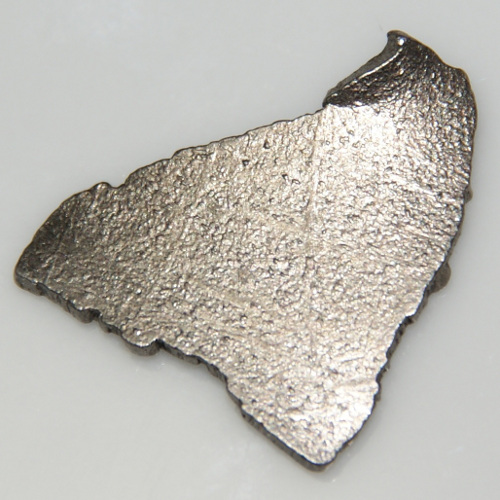
Cobalt
Cobalt (Co) is a silvery gray metal which has a relatively high specific gravity (8.9), and is hard, ductile, malleable, and magnetic.
Learn more »

Copper
Copper (Cu), called the red metal, was one of the first metals used by man.
Learn more »

Aluminum
The third most abundant element in the earth’s crust, aluminum (Al) is, nevertheless, a relatively new metal to the human race.
Learn more »

Antimony
Many minerals contain antimony (Sb), a soft white metal with a low melting point.
Learn more »

Cobalt
Cobalt (Co) is a silvery gray metal which has a relatively high specific gravity (8.9), and is hard, ductile, malleable, and magnetic.
Learn more »

Copper
Copper (Cu), called the red metal, was one of the first metals used by man.
Learn more »

Gallium
Gallium (Ga) is a metal which does not form distinct minerals, but substitutes for aluminum in the structure of many aluminum-bearing minerals.
Learn more »
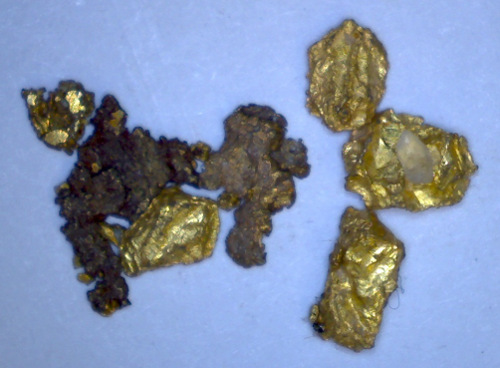
Gold
No metal has gained attention throughout history as has gold. Gold (Au) was one of the earliest metals to be utilized due largely it exists as a native metal.
Learn more »

Iron
When considering the entire composition of the earth, iron (Fe) is the most abundant element, but it only comprises approximately 6 percent of continental crust.
Learn more »
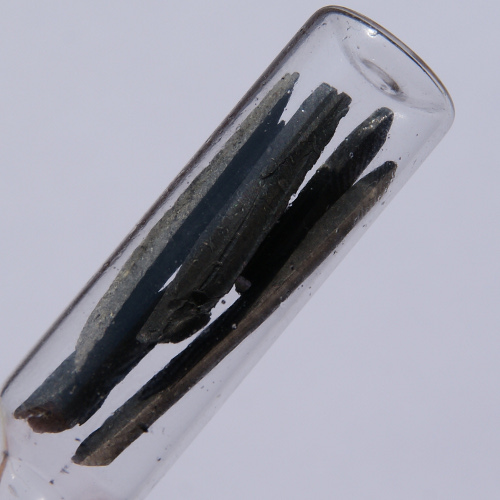
Lithium
Lithium (Li) is the lightest of all the metals, having an atomic weight of 6.939 and a specific gravity of 0.534.
Learn more »

Gallium
Gallium (Ga) is a metal which does not form distinct minerals, but substitutes for aluminum in the structure of many aluminum-bearing minerals.
Learn more »

Gold
No metal has gained attention throughout history as has gold. Gold (Au) was one of the earliest metals to be utilized due largely it exists as a native metal.
Learn more »

Iron
When considering the entire composition of the earth, iron (Fe) is the most abundant element, but it only comprises approximately 6 percent of continental crust.
Learn more »

Lithium
Lithium (Li) is the lightest of all the metals, having an atomic weight of 6.939 and a specific gravity of 0.534.
Learn more »
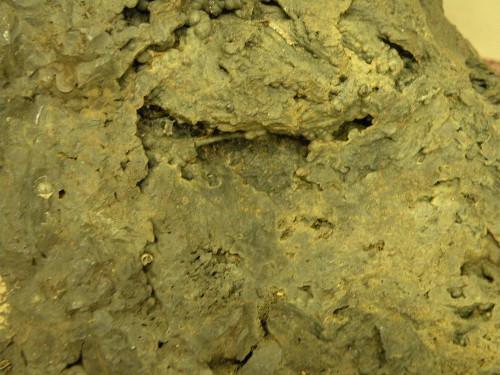
Manganese
Manganese (Mn) is a gray-white to silvery metal with a moderate melting temperature and relatively high specific gravity (7.2 to 7.4).
Learn more »
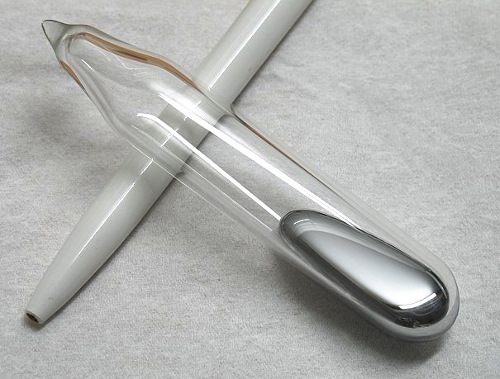
Mercury
Elemental mercury (Hg) is relatively scarce and is formed by the weathering or oxidation of several mercury-bearing minerals.
Learn more »

Molybdenum
Molybdenum (Mo) is a refractory metal that is obtained primarily by processing the mineral molybdenite (MoS2).
Learn more »

Nickel
Nickel (Ni) is the fifth most abundant element in the earth, but it is rare in crustal rocks.
Learn more »

Manganese
Manganese (Mn) is a gray-white to silvery metal with a moderate melting temperature and relatively high specific gravity (7.2 to 7.4).
Learn more »

Mercury
Elemental mercury (Hg) is relatively scarce and is formed by the weathering or oxidation of several mercury-bearing minerals.
Learn more »

Molybdenum
Molybdenum (Mo) is a refractory metal that is obtained primarily by processing the mineral molybdenite (MoS2).
Learn more »

Nickel
Nickel (Ni) is the fifth most abundant element in the earth, but it is rare in crustal rocks.
Learn more »
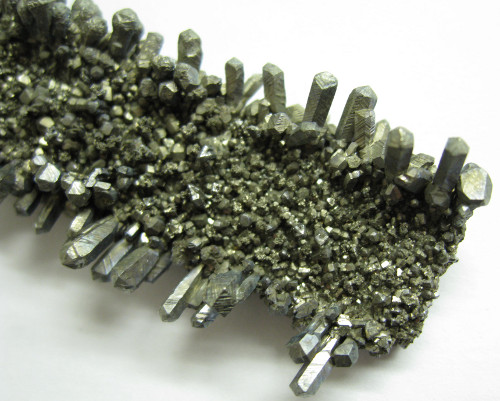
Niobium
Niobium (Cb), also called columbium, is a rare metal, which is steel gray, resistant to acids, and has a high melting point.
Learn more »

Rare Earths
The rare earth metals are a family of 17 elements consisting of scandium, yttrium, and the lanthanum-group elements.
Learn more »

Silver
Silver (Ag) has been an important metal since ancient times. Often present as a native element possessing readily workable properties of malleability, ductility, and sectility, silver was easily fashioned into ornaments, utensils, and coinage.
Learn more »
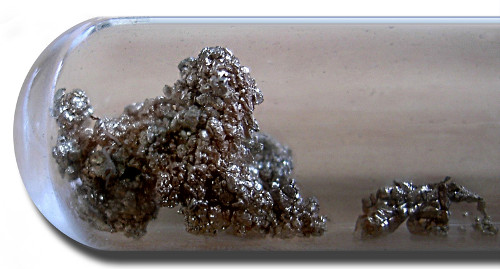
Strontium
Strontium (Sr) is a soft, silvery, easily oxidized metallic element with a relatively low melting point and low specific gravity (2.54).
Learn more »

Niobium
Niobium (Cb), also called columbium, is a rare metal, which is steel gray, resistant to acids, and has a high melting point.
Learn more »

Rare Earths
The rare earth metals are a family of 17 elements consisting of scandium, yttrium, and the lanthanum-group elements.
Learn more »

Silver
Silver (Ag) has been an important metal since ancient times. Often present as a native element possessing readily workable properties of malleability, ductility, and sectility, silver was easily fashioned into ornaments, utensils, and coinage.
Learn more »

Strontium
Strontium (Sr) is a soft, silvery, easily oxidized metallic element with a relatively low melting point and low specific gravity (2.54).
Learn more »
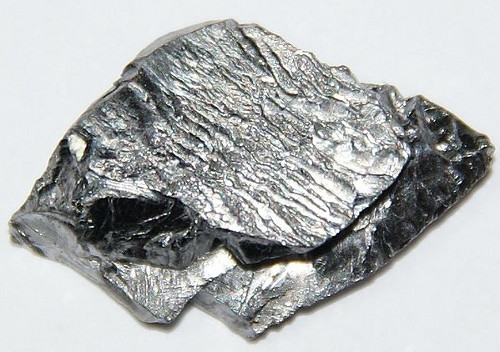
Tantalum
Tantalum (Ta) is a refractory, acid resistant, ductile and easily fabricated metal with a high melting temperature (2,996° Celsius).
Learn more »
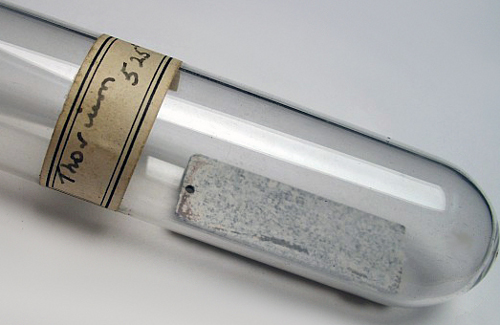
Thorium
Thorium (Th) is a radioactive metallic element that, until the 1950’s, was known only by chemists and physicists.
Learn more »

Titanium
Titanium (Ti) is a lightweight metal which was discovered in 1791 and is known for its corrosion resistance and high strength-to-weight ratio.
Learn more »

Uranium
Uranium (U) minerals are classified as primary and secondary.
Learn more »

Tantalum
Tantalum (Ta) is a refractory, acid resistant, ductile and easily fabricated metal with a high melting temperature (2,996° Celsius).
Learn more »

Thorium
Thorium (Th) is a radioactive metallic element that, until the 1950’s, was known only by chemists and physicists.
Learn more »

Titanium
Titanium (Ti) is a lightweight metal which was discovered in 1791 and is known for its corrosion resistance and high strength-to-weight ratio.
Learn more »

Uranium
Uranium (U) minerals are classified as primary and secondary.
Learn more »
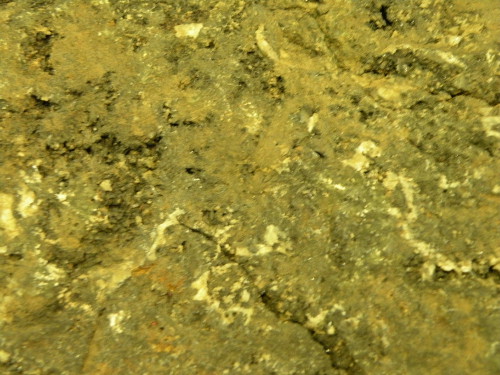
Vanadium
Vanadium (V) is a metal with a moderate specific gravity (6.0) and a relatively high melting point (1710° C).
Learn more »
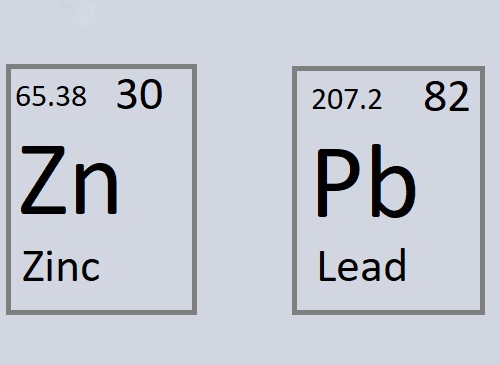
Zinc & Lead
Zinc (Zn) is a bluish-white lustrous metal that is brittle at room temperature, but malleable when heated.
Learn more »

Vanadium
Vanadium (V) is a metal with a moderate specific gravity (6.0) and a relatively high melting point (1710° C).
Learn more »

Zinc & Lead
Zinc (Zn) is a bluish-white lustrous metal that is brittle at room temperature, but malleable when heated.
Learn more »